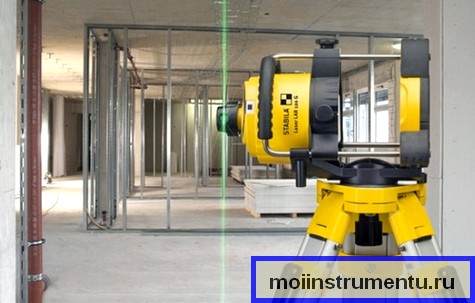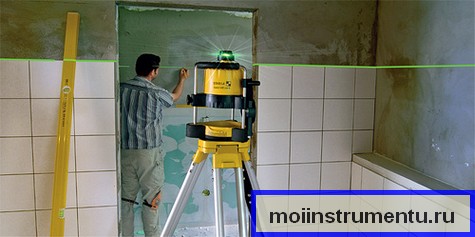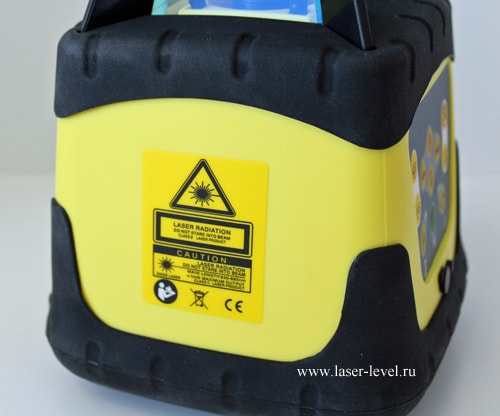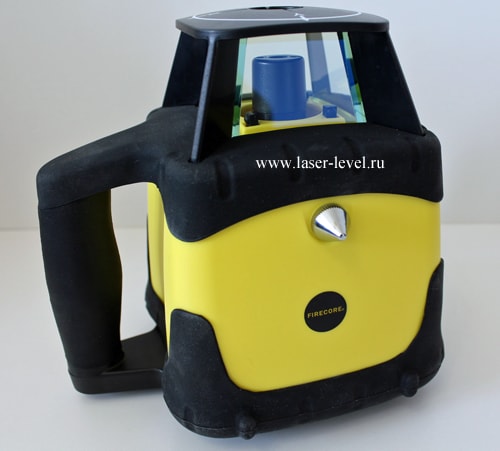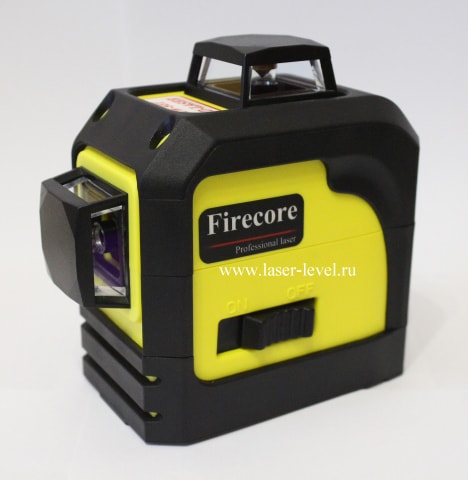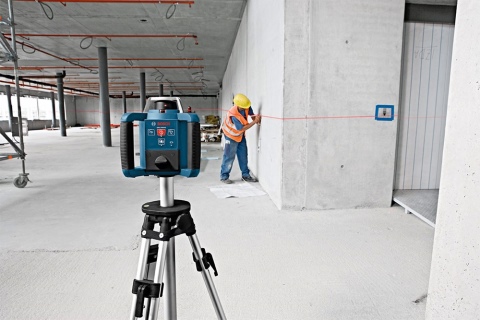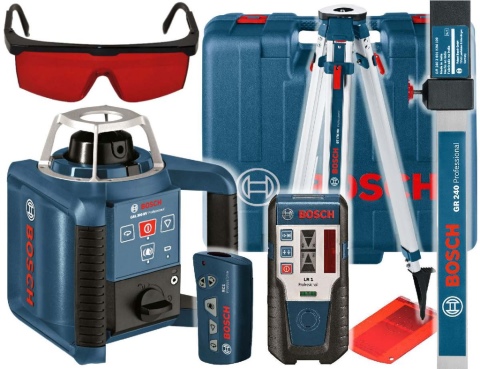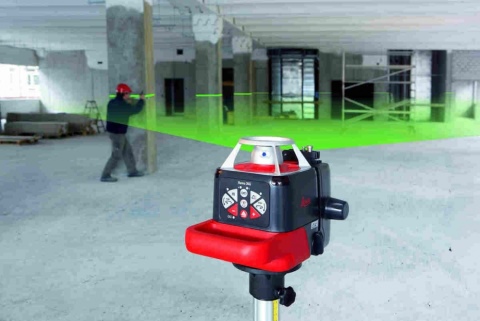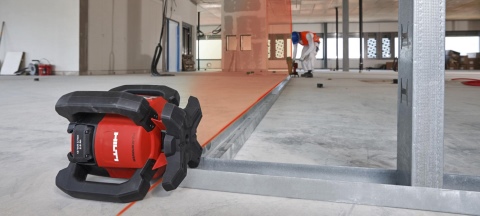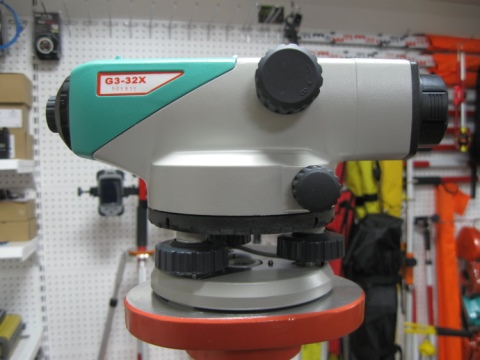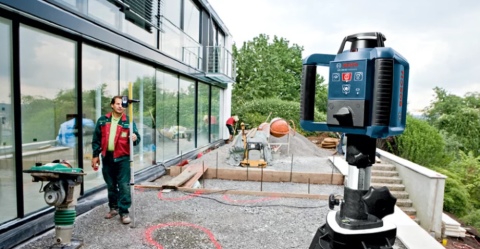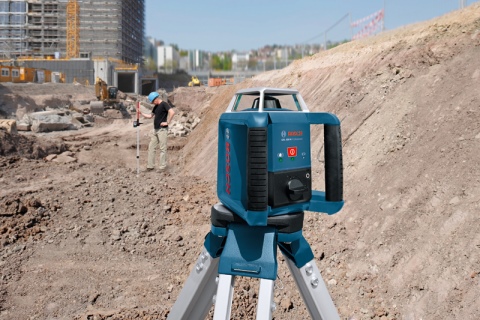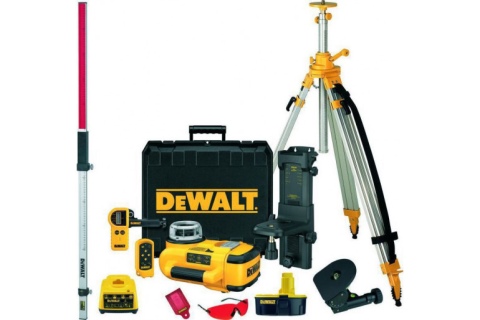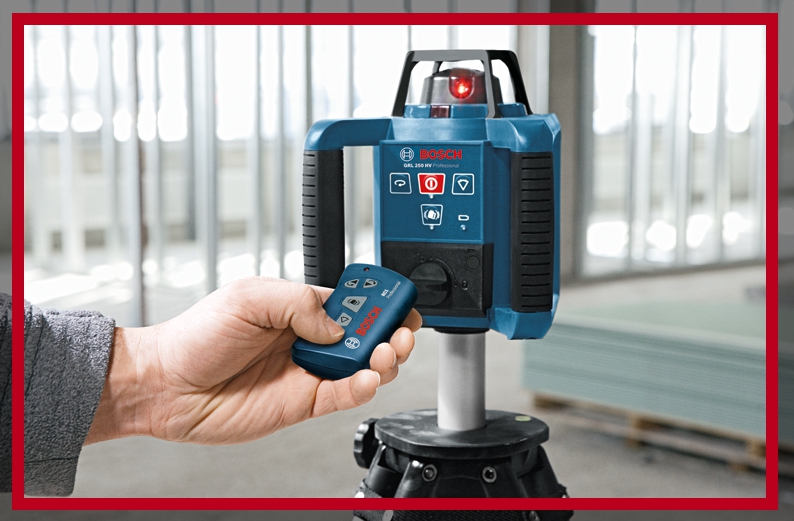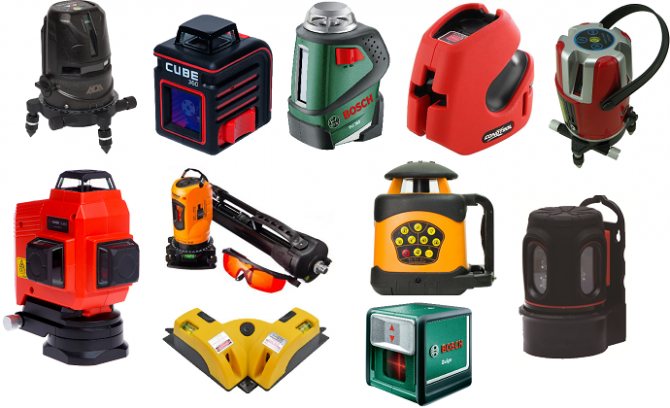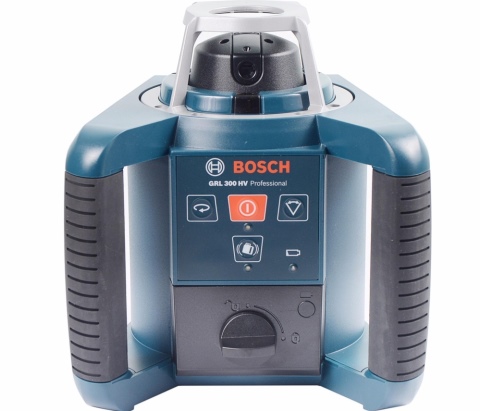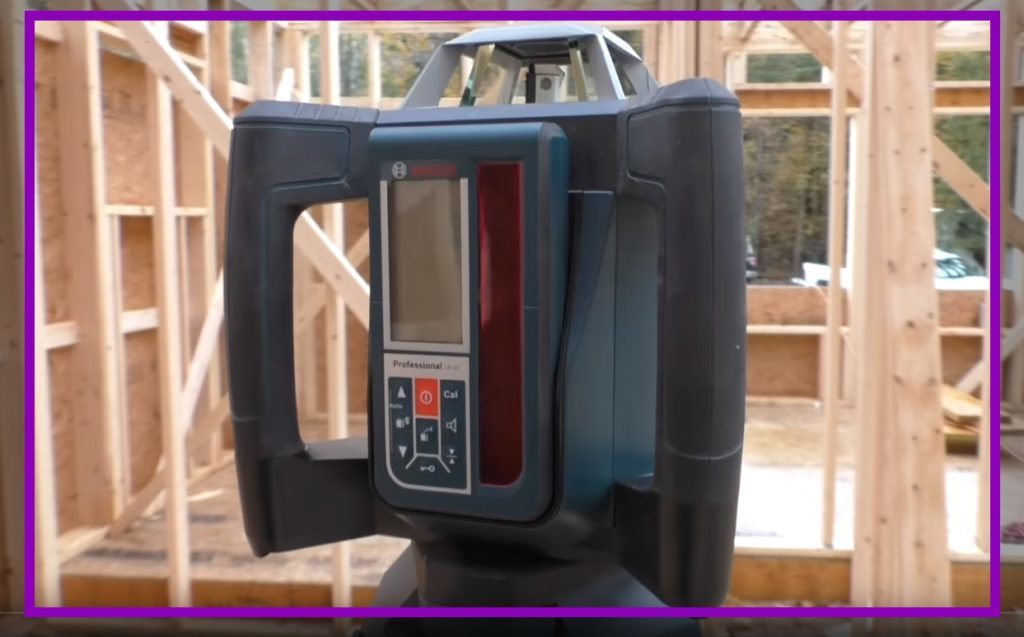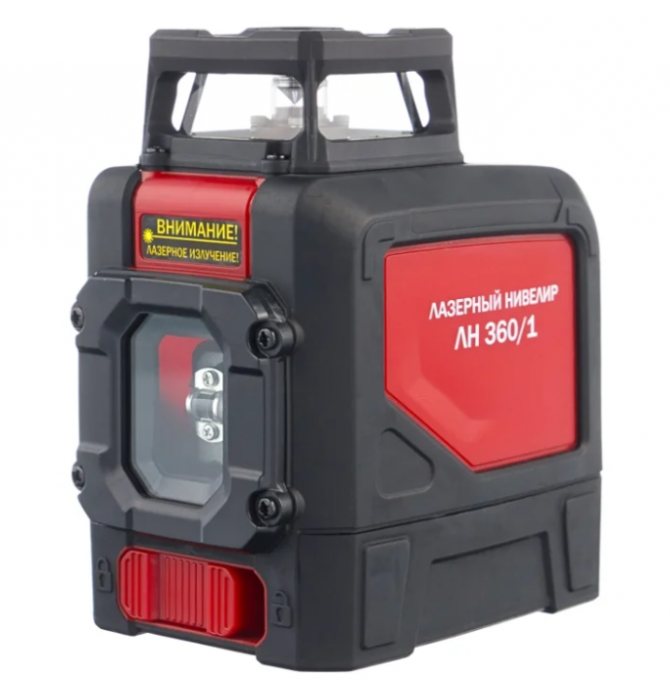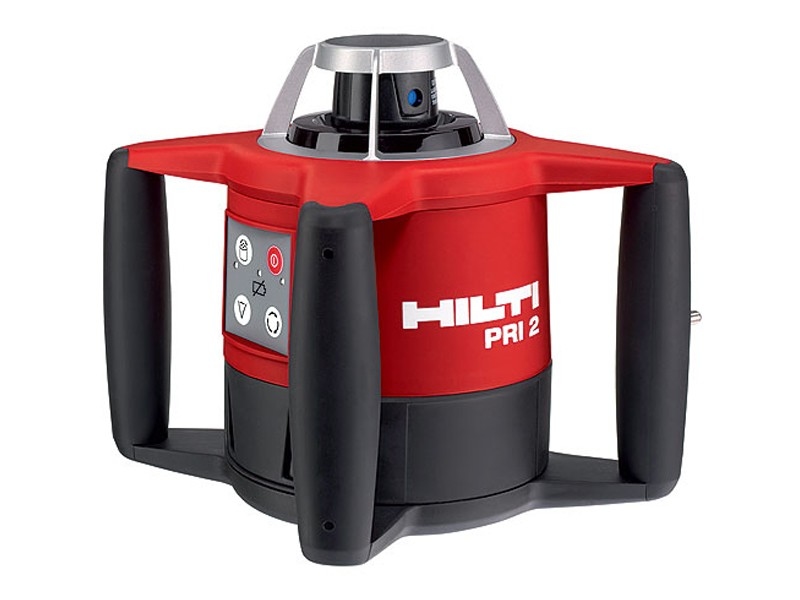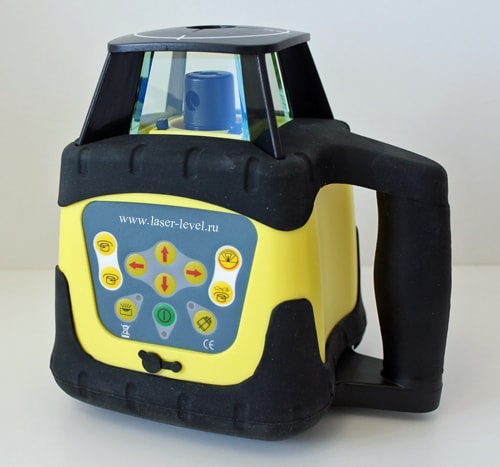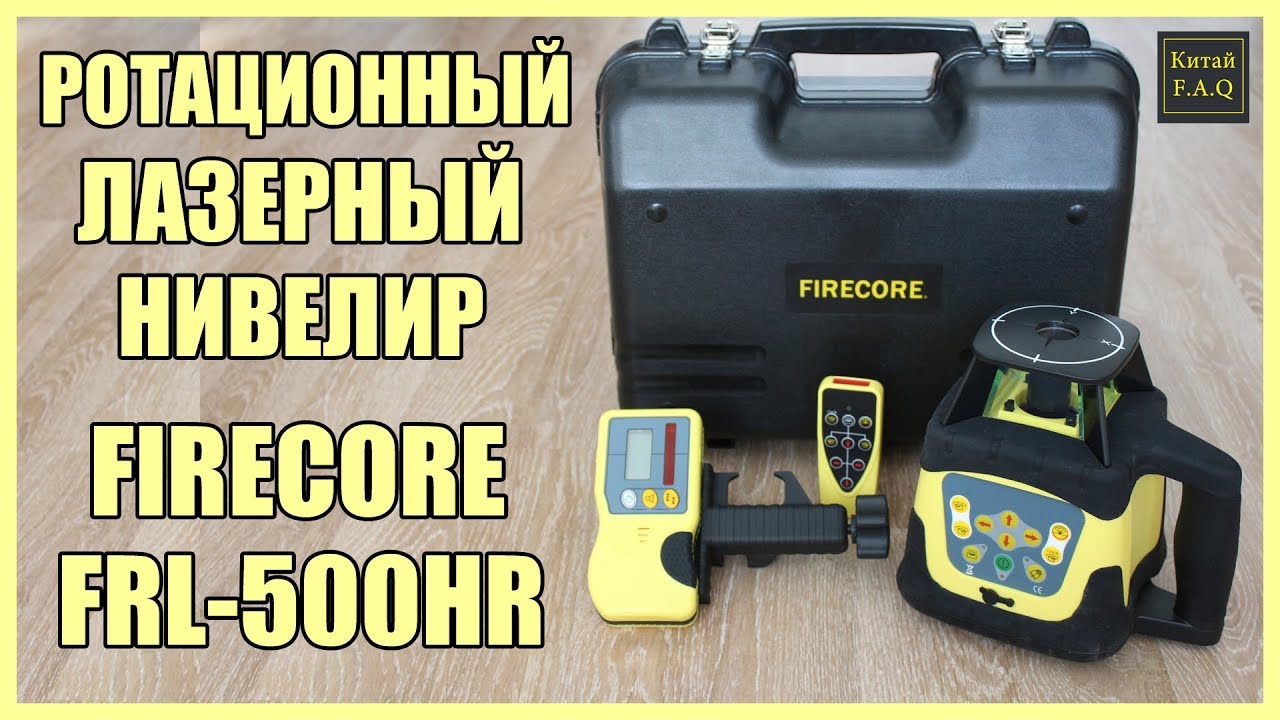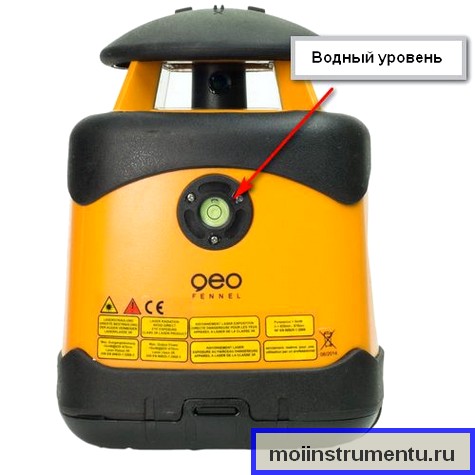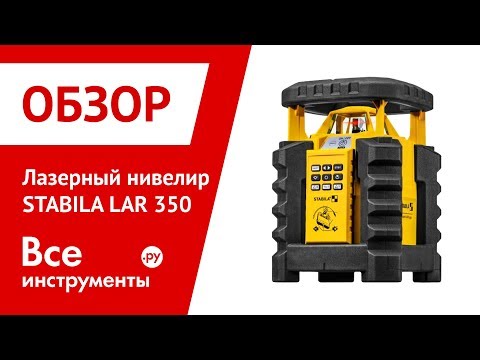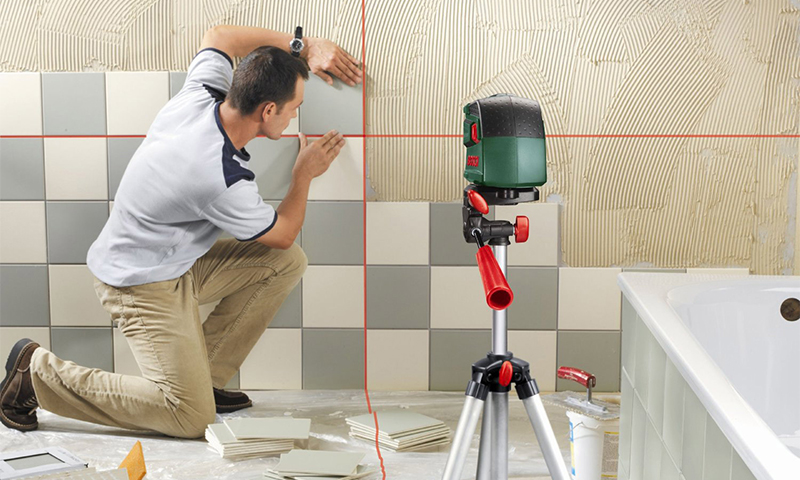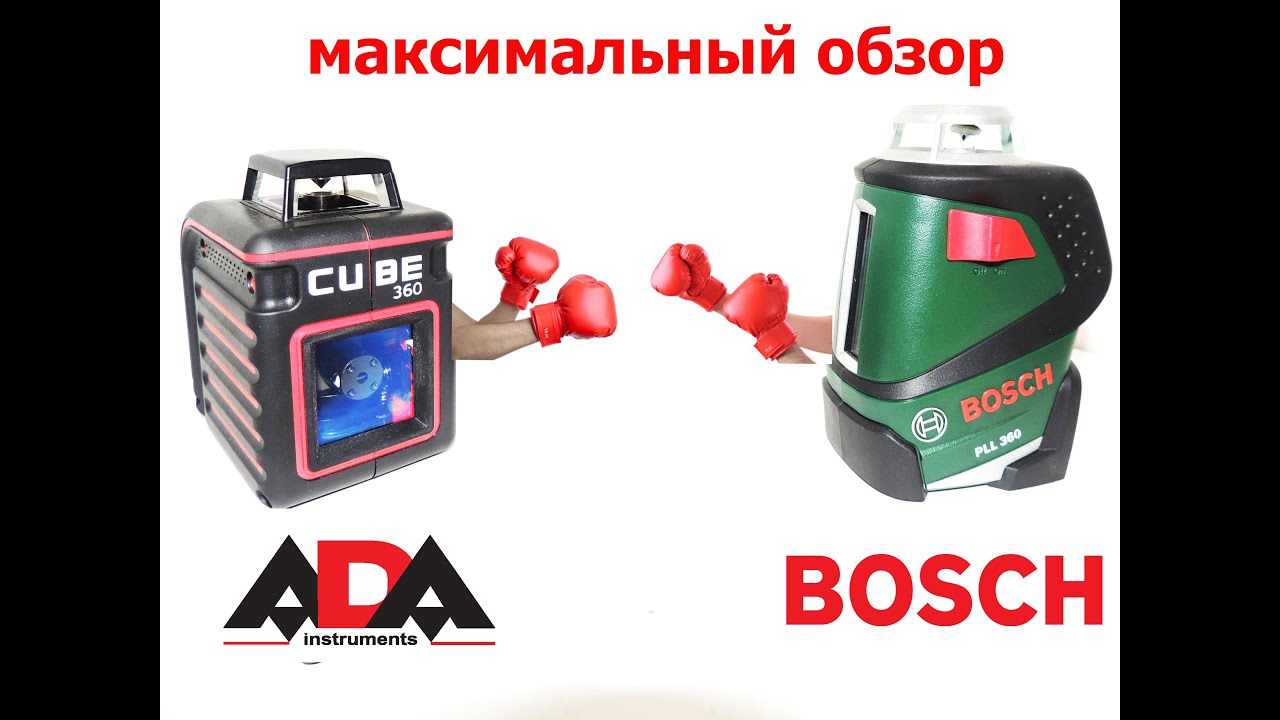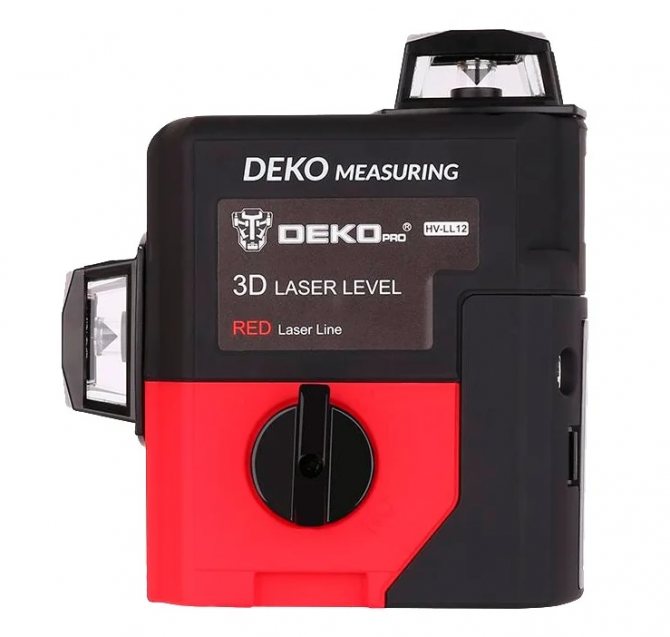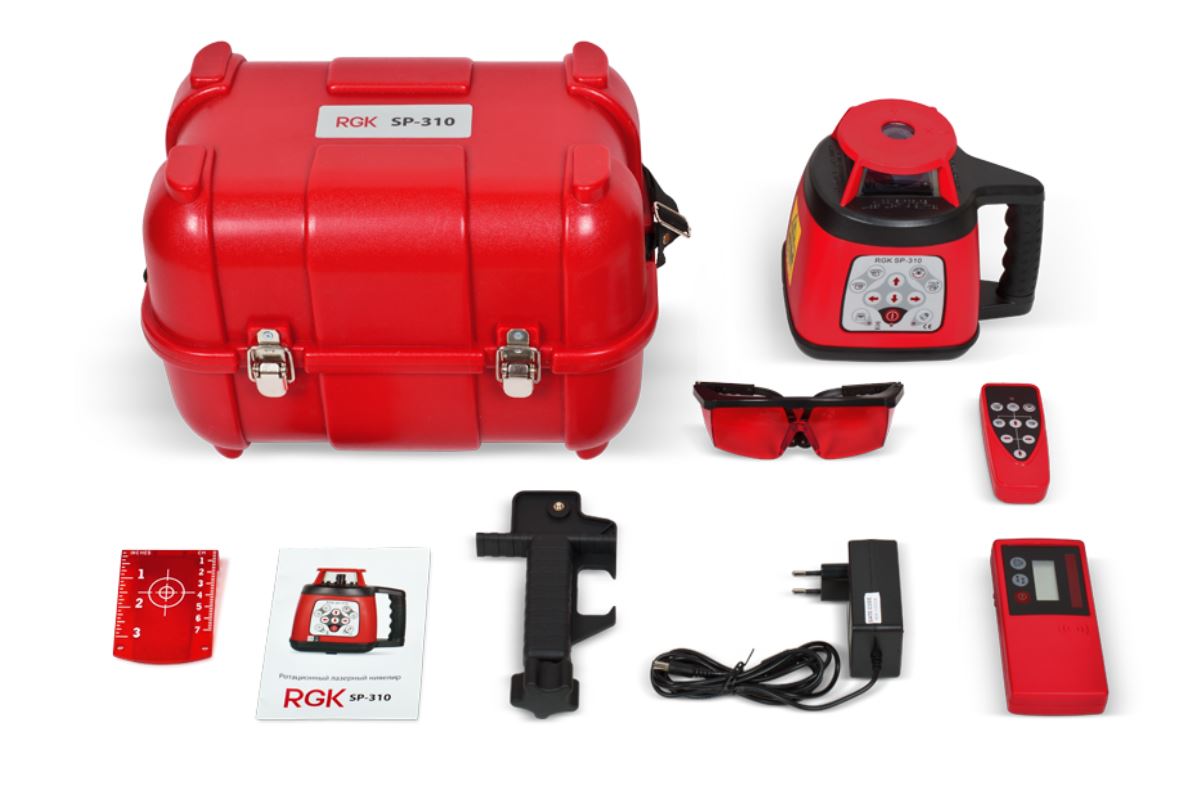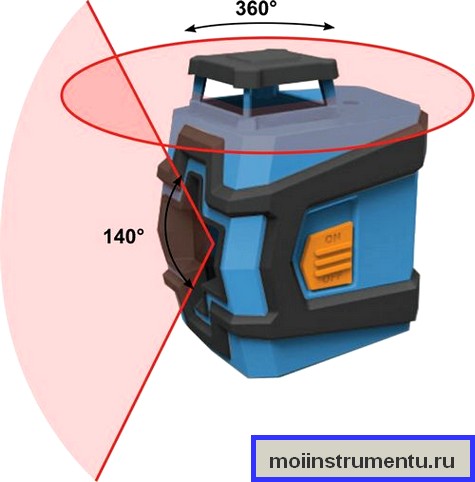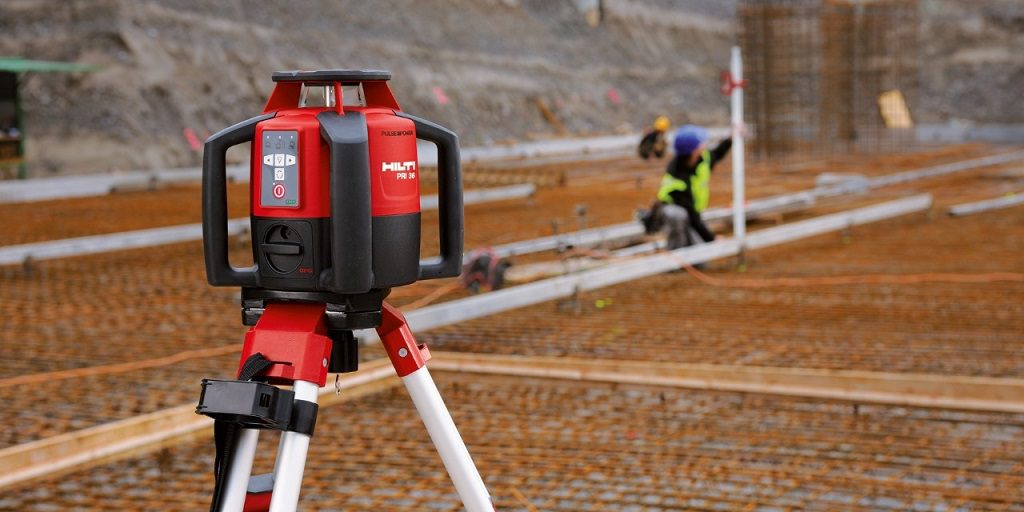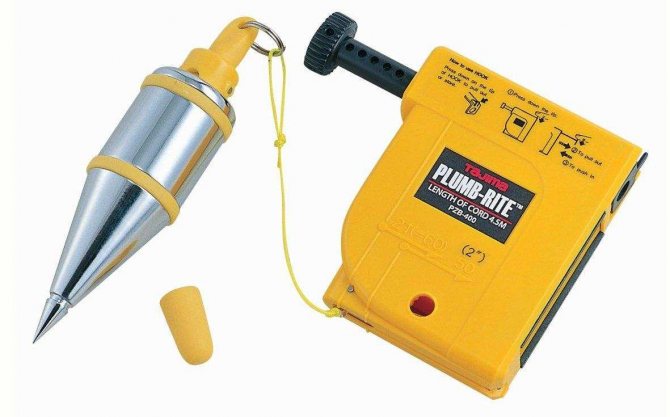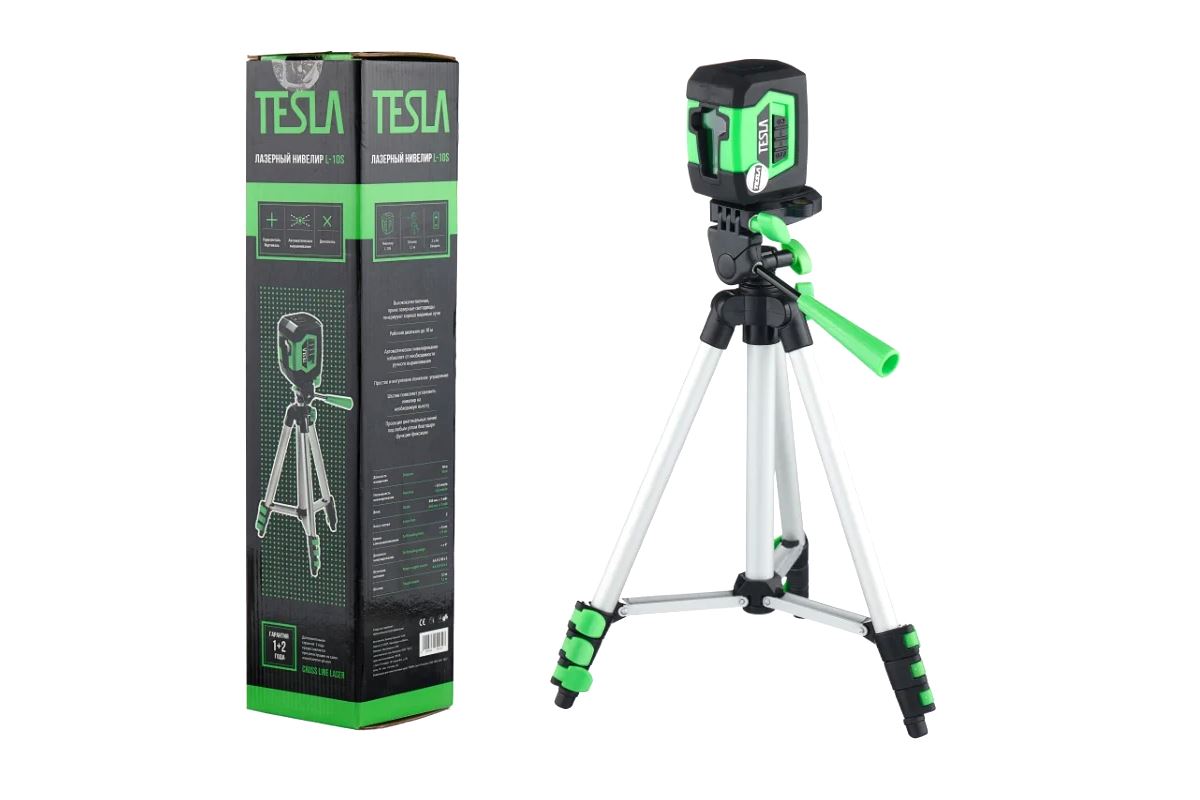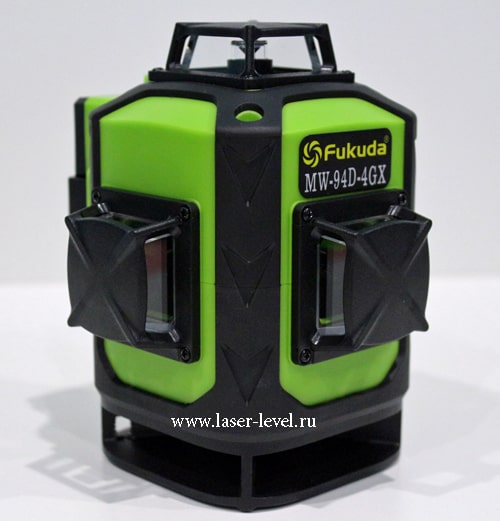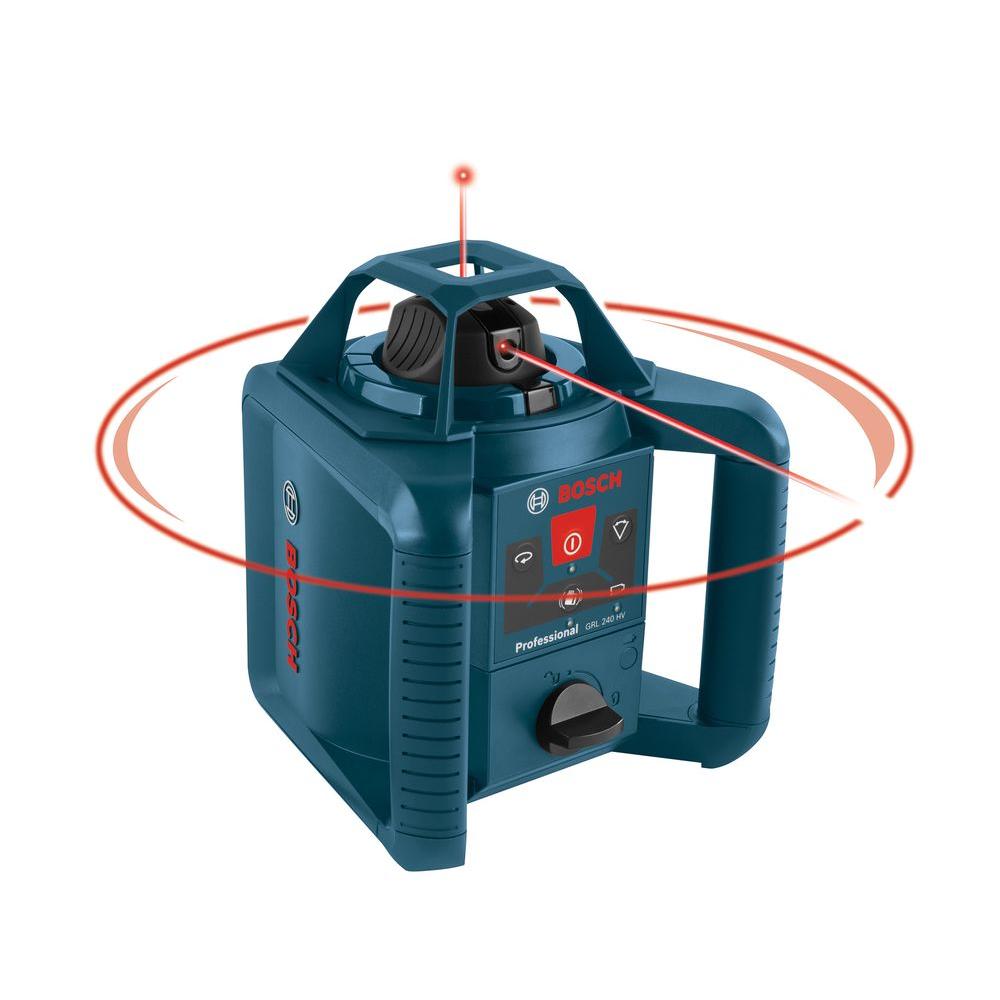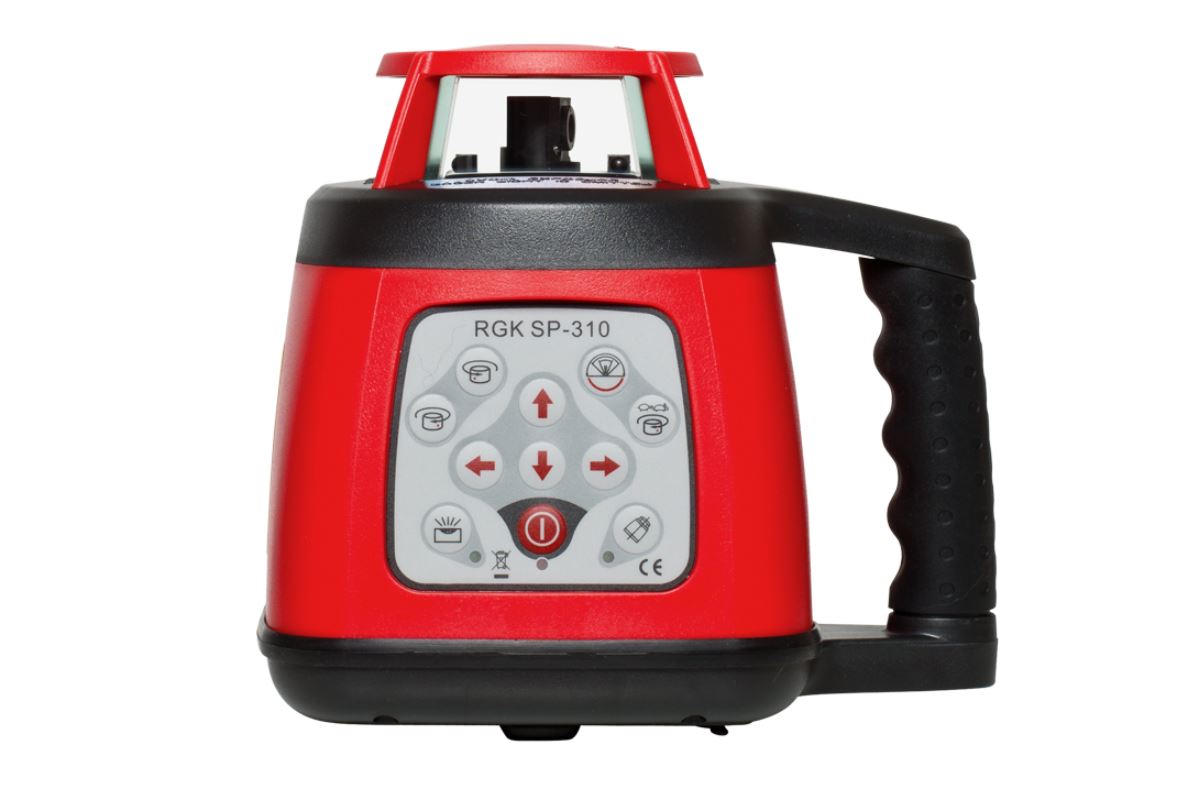Operating principle
As we mentioned above, the principle of operation of the rotary level is similar to the operation of the point version. But still they have many differences, so it makes no sense to compare them. Rotary instruments are used for outdoor measurements. Spot are used for internal measurements. They are not protected from dust, dirt and moisture, because of the dim beam, it is difficult to identify the projection, and the range rarely exceeds 20 meters.

Let's take a look at the advantages of a rotary level over analog models:
- the ability to measure 360 degrees around the level;
- measurement in 3 different planes;
- long measuring range, which can reach 1000 meters;
- the ability to control the device using the remote control;
- comparatively light weight for ease of use.
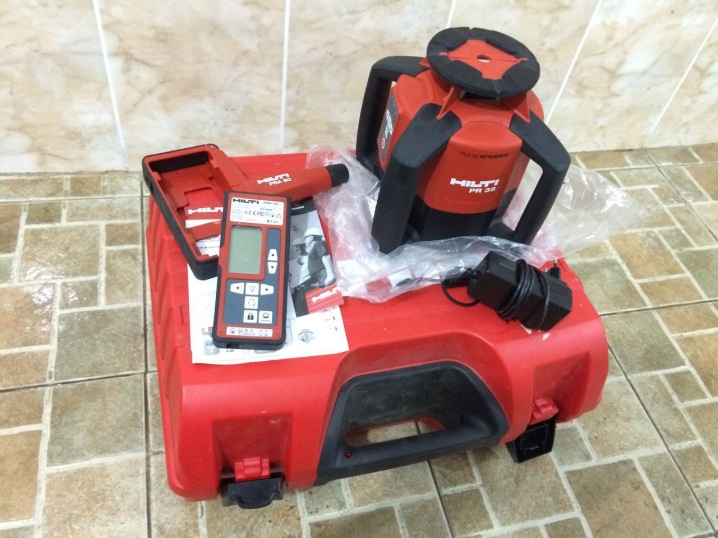
It also has some drawbacks. However, there are not so many of them, and they are not so significant. First, the greater the projection distance, the higher the error. And secondly, the price is quite high. Rotary lasers are considered the most expensive type. But the cost is fully paid off by many useful features.

The level must be correctly positioned before taking measurements. It can be mounted on a tripod or rod. The first is used on the street, the second - inside buildings. The second important step is alignment. It is produced according to the built-in water level. Expensive professional models are equipped with an automatic leveling function. Now you can turn on the level.
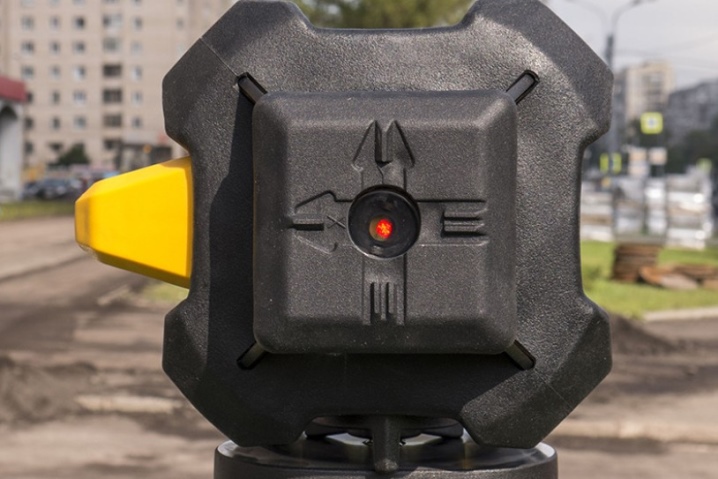
The measurement is performed by the interaction of the LED, lens and motor. When electricity is applied, photons are generated between semiconductors. They come out through a special hole in the buffer zone, aligning the beam. A lens is needed to focus this beam so that it is not scattered at a distance. The laser plane is created by continuously rotating the LED around its axis. Its rotation speed is 600 rpm.
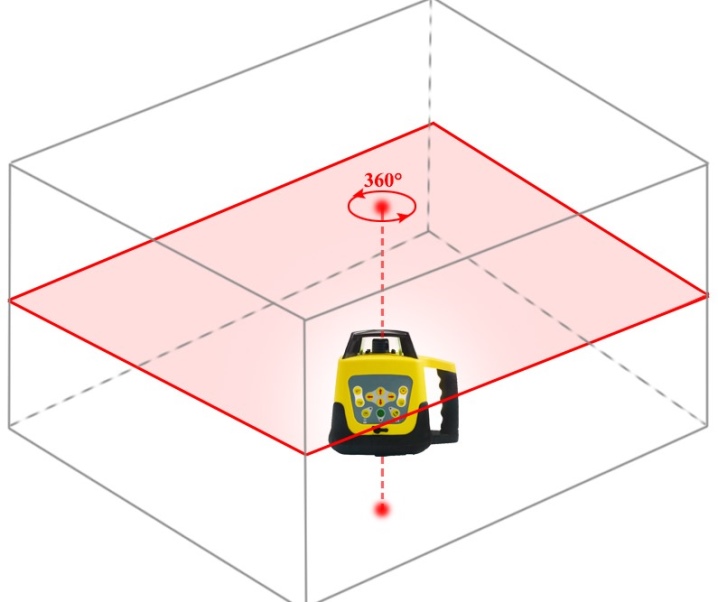
The laser device allows you to perform the following types of work:
- laying tiles;
- installation of drywall;
- gluing wallpaper;
- electrification works;
- furniture manufacture.
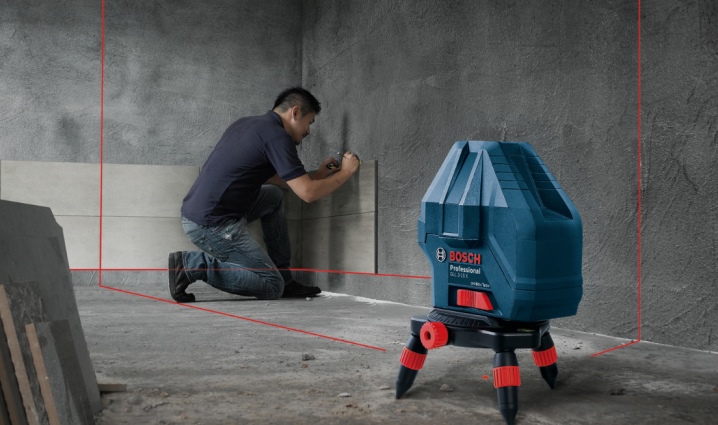
In some cases, the level can replace other surveying instruments, such as theodolite. It can be used to measure horizontal angles on the ground. However, the results obtained are not as accurate. Professional builders simultaneously have all the necessary measuring instruments in their arsenal.
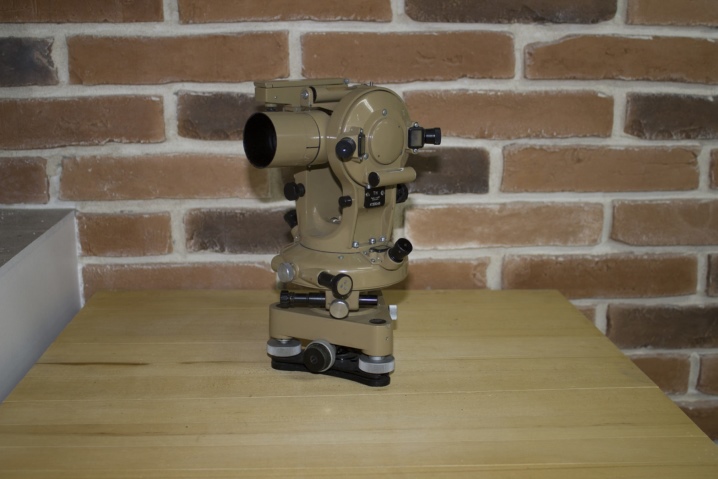
Best line laser levels
Linear levels provide horizontal, vertical beam, diagonal, plumb or cross hairs. With the help of such a tool, you can control the mounted structures, identify the height difference. Manufacturers separately offer household, industrial prototypes with different technical characteristics and operational features. The list includes the most approved products by customers.
Vahigcy ZH-SL202 laser level
Automatic leveling of new markings to improve the efficiency of construction / renovation work. It provides many measurement functions, among them horizontal / vertical, as well as orthogonal measurement with an accuracy of +/- 0.5 mm for each meter of distance are in demand. The locking function allows you to protect the unit during transport. Tasks can be performed at room temperatures from -10 to +40 degrees. The beam is launched over a range of 110 degrees.
Dignity
- High accuracy;
- Compactness;
- Mains operation, AA batteries;
- Pendulum safety lock;
- Inexpensive price tag.
disadvantages
- Flimsy packing box;
- Lack of batteries.
According to reviews, such a Chinese laser level with a 360-degree scale is a good purchase for such a price. Of the positive characteristics, most often noted are the blocking of the pendulum to protect it during transportation, a good set, high accuracy and cost. The downsides may be batteries that are not included, as well as a wrinkled, unreliable box.
Kkmoon AK435
Mini portable laser level for red floor, compact size. It can be used for home, industrial purposes. Works in the mode of one perpendicular, one horizontal line and one bright point. Floor, wall installation is provided. The turning angle is 360 degrees. From the technical characteristics, automatic leveling, an alarm in case of irregularities, the distance of the maximum bright beam is 2 m, an error of +/- 2.5 mm for every 5 m is noted. Power is possible from the mains, AA batteries. The tool is delivered in a special bag.
Dignity
- Safe box;
- Compactness, light weight;
- Storage pouch;
- Price;
- Roughness buzzer.
disadvantages
- Lack of a tripod;
- Disgusting squeak when positioned unevenly.
For the price, this is a good deal. It is intended rather for home use, since the error is slightly higher than that of other nominees, the distance of work, size, weight, all this will not be suitable for industrial facilities.
Moonbiffy AA42
Another meter that detects any irregularities and errors. This model has 4 functions. First, it gives out a straight, perpendicular, angular line. Secondly, it marks points of the desired areas at an angle of over 45 degrees. Thirdly, there is a linear level, that is, a 2.5 m long centimeter tape. Fourthly, the output of a laser level at the edge of the scale 15 cm long. The power source will be an AG13 battery. The margin of error is only 0.001 mm. The set does not include a tripod; for operation, the device is placed on the floor.
Dignity
- Light weight, compactness;
- Maximum accuracy with little or no error;
- Multifunctional application;
- Ease of management;
- Fast automatic setup;
- Price.
disadvantages
Unreliable packaging.
There are fewer complaints about this model than other nominees. Usually they relate to the fact that the product comes in a crumpled unreliable box, there is no protective cover. But unlike other sellers, several sets of batteries are included here for autonomous operation. The best marks are given to accuracy, making the device suitable even for professional use.
Best Spot Laser Levels
Among these devices, the levels of the German manufacturer Bosch are rightfully considered the best.
The choice of models is quite wide, but in terms of price-quality ratio, attention should be paid to GPL 5 and PLL 5, which have all the necessary functionality at a democratic cost. Bosch has an extensive network of service centers, which will allow you not to spend a lot of time searching for them and the trips themselves, in the event of a device breakdown
| Bosch GPL 5 | Bosch PLL 5 | |
| Alignment type | automatic | manual |
| Disabling the alignment function | ||
| Self-leveling angle, degrees | longitudinal axis - +/- 5 transverse axis - +/- 3 | — |
| Measurement range without receiver, m | 30 | 5 |
| Supply voltage, V | 1,5 | 1,5 |
| Beam color | Red | Red |
| Accuracy, mm / m | +/- 0,3 | +/- 1 |
| Beam direction | forward / right / left / up / down | — |
| Number of beams | 5 | 1 |
| Laser class | 2 | 2 |
| Wavelength, nm | 635 | 635 |
Bosch GPL 5
A universal point level with five beams with a possible deviation of no more than 0.3 mm / m. Two rays are directed up and down, and the rest are forward, left and right at right angles to each other. The body of the device is made according to the IP54 protection class, which makes it possible to use it in dusty and humid rooms. The measuring range is 30 meters, which is more than enough for indoor use.
The device is equipped with a self-leveling mechanism that compensates for installation errors of 5 ° horizontally and 3 ° vertically. The unit itself can be floor-mounted, wall-mounted, or using a tripod.
+ Pros of Bosch GPL 5
- simplicity and reliability of the design - all lasers are hidden in the case, there are no other protruding parts;
- universal holder - the device is attached to any surface in a predetermined position;
- the ability to disable self-leveling;
- laser points are clearly visible outside in sunny weather;
- light weight and dimensions of the device make it easy to move it around the object.
- Cons Bosch GPL 5
- the device is powered by three AA batteries (finger-type), but there is no possibility of operation from the power supply if the batteries are empty;
Bosch PLL 5
Compact and lightweight device that allows you to make accurate vertical and horizontal markings at a distance of up to 5 meters with an accuracy of +/- 1 mm / m. The weight of the device is only 0.12 kg, which allows it to be easily and securely attached to the wall, after preliminary alignment by means of bubble levels built into the body. Power is supplied by two AAA batteries (mini-finger batteries). The service life depends on the time of continuous operation of the device.
+ Pros of Bosch PLL 5
- ease of use - the lower flat side is easily installed on the wall, after which you can start marking;
- the beam length is sufficient for most rooms when working in apartments;
- mobility - small size and weight are convenient for transportation and carrying around the construction site;
- can project a point or a line.
- Cons Bosch PLL 5
- very limited functionality, since one LED is used - for example, the device cannot mark the zenith and nadir (opposite points above and below);
- there are isolated complaints about poor-quality adjustment of bubble levels - in order to play it safe, it is better to immediately check the device upon purchase.
Perfect level
The best laser level, according to reviews, is a multifunctional model with a tripod mount, durable housing and the ability to mount on the wall. Determination of the search point at a considerable distance is possible if there are five outgoing rays.
It is desirable to have a function to automatically turn off the device when it is in standby mode for more than 20 minutes. 360-degree rotation allows you to project the markings onto other walls.
Optimum performance:
- The projection range is 25 meters.
- Measurement accuracy - ± 0.4 mm / m.
- Duration of work - 15 hours.
- The horizontal plane is 360 degrees.
- The level of protection against moisture and dust is IP54.
- Tripod socket - ¼.
Advantages of laser levels:
- Wide functionality and the possibility of using it in various fields of activity. High leveling accuracy and 360 degree rotation of the device make it possible to use it in geodetic and topographic works.
- Ease of operation. Management of modern models does not require special skills.
The main disadvantage of laser levels is their cost: the more functions a device has, the higher its price.
Below is an overview of the different categories of laser levels. The listed models have their own pros and cons, allowing them to be used in various spheres of human activity.
ADA Phentom 2D Set
An ideal option for those who do not rely on electronics and want to check the straightness of the drawn lines with their own hands - the ADA Phentom 2D Set laser level with a switchable self-leveling function. Projects vertical and horizontal planes both together and separately. The choice of modes is carried out by means of a membrane keyboard. The set comes with a wall mount, tripod and special glasses. The pendulum is locked automatically after switching off the level, which protects it from damage during transportation.
Advantages:
- Suitable for laying tiles on walls and other surfaces.
- High measurement accuracy thanks to the elevation stand.
- The maximum beam sweep angle is 180 degrees in the horizontal plane.
- Convenient case.
- Possibility of fixing the level to vertical surfaces.
Disadvantages:
The impossibility of working without glasses at a distance of more than 15 meters due to the low clarity and brightness of the beam.
Application of geodetic skills in construction
During the work on taking out plans in nature, you should know what is the difference between the heights of several points on the surface areas and the elevation, which acts as a conditional level. Finding the height difference is called geometric leveling and is performed using a level and special rails.
The axis of the level has a horizontal position, from the point of the conditional level there are differences in the heights of the readings depending on the marks on the staffs. In the course of work, each point is located one hundred meters from the point where the level is placed, its level must be measured at least three times, while the arithmetic mean value should be taken. Land plans are built on the basis of such data. So, the level is needed in order to find out the difference in heights at the measurement points.
Reiki and their description
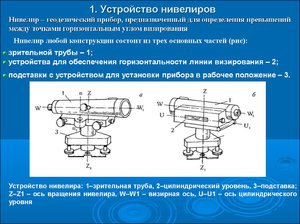 A leveling bar is a special bar that is installed vertically at points for measuring heights. It can be made of wood or metal (aluminum).
A leveling bar is a special bar that is installed vertically at points for measuring heights. It can be made of wood or metal (aluminum).
Such a rail has a length of about 3-4 meters, and so that it is convenient to transport it, it can be folded in half using a special unit. Modern options include a sliding telescopic design.
The sides of the standard rail are often graduated:
- on the front side, the marking is done in the metric system of measurement;
- on the reverse side - in inch, respectively.
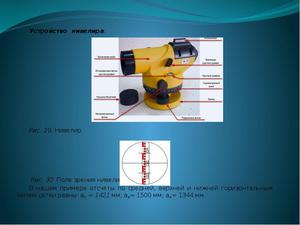 Before starting work, the rail is placed on the lower metal bracket in the center of the measuring point by means of a special mark.
Before starting work, the rail is placed on the lower metal bracket in the center of the measuring point by means of a special mark.
For convenience, there are special handles to hold the tools on the point. If the slats are of high quality and are made on the basis of a special alloy of iron and nickel, then there are bubble levels on them so that you can control the vertical placement of the slats.
If the work is at the initial stage of development research, then it is necessary to carry out a comprehensive modeling of the object in the future in interaction with the surrounding landscape and architecture.
The measurement points are photographed with the transfer of real scale values as data for different computer programs, so that the object can be modeled in interaction with the surrounding exterior.
Optical level device
This instrument includes four key elements:
- telescope of optical type. The principle of its operation provides for free movement in the horizontal plane. The key function of such a tube is that it guides the system towards the subject;
- the level is cylindrical. Such a detail is a very sensitive device, it is needed in order to accurately determine the orientation of the level relative to the plumb line. You can determine the placement accuracy of the horizontal axis by finding the level bubble in the so-called. "Zero point";
- tribrach is a stand for an optical tube with three screws, with which the height is adjusted;
- elevation screw - it is needed for unambiguous orientation. To determine the parameter, you need to bring the hairline of the device to a horizontal position.
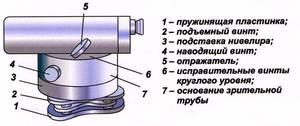 And in the design of the latest generation optical levels, a built-in compensator is often provided. It is needed to support the level in a strictly horizontal position. This eliminates errors that can be caused by even a slight tilt of the device, and geodetic surveying will be more accurate.
And in the design of the latest generation optical levels, a built-in compensator is often provided. It is needed to support the level in a strictly horizontal position. This eliminates errors that can be caused by even a slight tilt of the device, and geodetic surveying will be more accurate.
It is necessary to choose one or another type of device depending on the accuracy of measurements and the level of work being carried out.
Zuzako editorial tips for choosing reliable laser levels of different types
When carrying out repairs and erection of any building, experienced craftsmen necessarily use a control tool called a "laser level". But in order to buy a high-quality, functional and reliable unit, choose carefully and responsibly.

If you are engaged in construction and repair at the household level, then in this case, feel free to purchase a not too expensive model, since its characteristics will be quite enough for home use. But when it comes to construction and repair on a large scale, then choose from the units presented in our top, professional section.
When choosing a device, be sure to pay attention to the following characteristics:
- projection error;
- range of action;
- laser characteristics;
- features of self-leveling;
- power supply;
- ambient temperature required for normal operation;
- the security of the case;
- equipment;
- company manufacturer.
As for the cost, cheap models are not always of poor quality. You can be convinced of this by looking at our rating.
Simple and rotary point models
The rotary laser level functions on the same principle as all the others. In this case, the device is equipped with an electric motor, which allows you to move the device smoother and faster. The units are distinguished by such advantages as the ability to take measurements at all 360 degrees, in 3 different planes, and also control the model using the remote control. Selecting a simple or rotating level follows the same principle as the others.

Linear and combined models
Line levels project individual and intersecting lines and planes. Combined models are also linear. At the same time, they are able to project several additional points, as point models. Linear and combined devices are considered the most common models. They differ in functionality, and almost all are equipped with a self-leveling function.
Today, specialized stores offer a wide selection of laser levels. It is impossible to say which device is considered the best. After all, each device is used to solve certain problems. When choosing, the functionality and technical characteristics of the levels play a huge role. If you need a laser level for periodic work, then choose from cheaper models, but only powerful and functional devices are suitable for professional activities.
As always, the choice is always yours. We hope that this article will expand your knowledge of laser levels and help you make the right choice.
Happy shopping!
Device and characteristics
The simplest laser level is a device whose design includes a cylinder and a telescope with magnification and a sighting axis. Taking into account the location of the investigated object, the operator adjusts the pipe. It is worth noting that such a simplified device operates in conjunction with a rangefinder and a rail on which centimeter divisions are applied.
The features and types of the devices under consideration, as well as the requirements imposed on them, are enshrined in GOST 10528-90. According to this standard, each of the laser levels falls into one of the following categories:
- high-precision with a maximum quadric error of 0.5 mm per 1 km;
- accurate with an error of no more than 3 mm;
- technical, the error rate of which does not exceed 10 mm.
There is more than a wide range of laser levels on the market. Moreover, they all represent the layout of several systems and mechanisms, namely:
- source of laser beams;
- an optical system responsible for the construction of lines and planes;
- installation device;
- alignment mechanism;
- SP;
- controls (depending on the modification, they can be manual or remote);
- the case, which is responsible for reliable protection of all elements.
It should be taken into account that targets, as well as receivers and detectors, are used with the levels. With their help, the construction of projections from laser beams is carried out.
Another important part of the design is the tripod. It is usually made of aluminum in order to maximize the lightness of the entire structure and provide sufficient strength.
Such characteristics made it possible to simplify the transportation and operation of the devices.
How and which laser level to choose?
When choosing a laser level, they rely on several parameters:
- Price. For domestic use, an inexpensive device without additional functions is suitable. Models with wide functionality are selected for permanent work and are more expensive.
- Duration of work. Only electronic devices are capable of continuous operation for many hours. Pendulum counterparts operate for 20 minutes and require recharging.
- Level type. The most accurate measurements are guaranteed by point equipment. Linear tools are used to create a perfectly flat surface. Rotary levels project vertical, horizontal and inclined planes.
- Projection distance. It is impossible to work on construction sites of a large area with a leveling minimum range.
- Number of projections. For domestic use, a level that forms two intersecting projections is sufficient. Large work sites and workshops require a model with a large number of projections.
- Measurement error. Powerful and functional models have an error rate of 0.3-0.4 mm / m. The error of household appliances is greater.
- Working temperature range. A significant advantage is the ability to use the level at negative temperatures in an open area.
- Self-leveling. The best option is the value of the limiting angle of 5 degrees, the ability to adjust the compensator in a short period of time. High-quality models of laser levels are equipped with a compensator shutdown function.
- Mount type. Stable level maintenance is required when operating in open areas. An important parameter when choosing a level is a wall element for installation and a tripod mount.
- Hull protection. Indicated in the marking. Standard IP54 protection allows operation in dusty areas and in the rain.
- Equipment. The standard set includes a bag, flat targets, special glasses, battery and charger.
- Design. It does not affect the quality of work, but the usability of the device depends on it.
About the laser level: principle of operation and main characteristics
This mechanism uses a thin and bright laser beam for measurements. For its appearance, a special design is assembled on diodes. By the way, laser radiation was originally used only by the military. Then, after a rather long period of time, it came to medicine, and after that it slowly penetrated into other areas of our life, found application in industry and construction.
The body of the laser is made of plastic. It has latex or rubber inserts to prevent liquid or dust from entering the precision instrument. After all, the level is by no means cheap, and at a construction site sand can get on it, and cement, and water, and drops of paint. Therefore, the protection of the case is vital for this device.
You can use laser levels both on a construction site and in an apartment for household needs. Manufacturers produce these devices of various types, so you can always choose a suitable laser level, focusing on the tasks to be performed with its help.
Advantages of devices of this type:
1. The measurements carried out with their help are very accurate: the error per meter does not exceed a few tenths of a millimeter.
2.A point or line, perfectly visible, is much more convenient than a target mark, which ordinary levels are equipped with. After all, you can work along this line immediately, without marking, for example, by letting construction equipment along it.
3. The device takes measurements at lightning speed, you do not need to prepare it for work, it is enough to get it out of the case and that's it.
4. Having placed the device horizontally, you do not have to worry about the future: it will take measurements by itself, and very quickly.
5. You do not need to be a specialist to work with a laser level - anyone can handle it.
6. No need for several workers for measurements - the device is operated by one person.
In general, a laser level is nothing more than a more modern descendant of all other measuring instruments: theodolites, tape measures, levels, ordinary levels. They check any vertical and horizontal surfaces that require accuracy.

